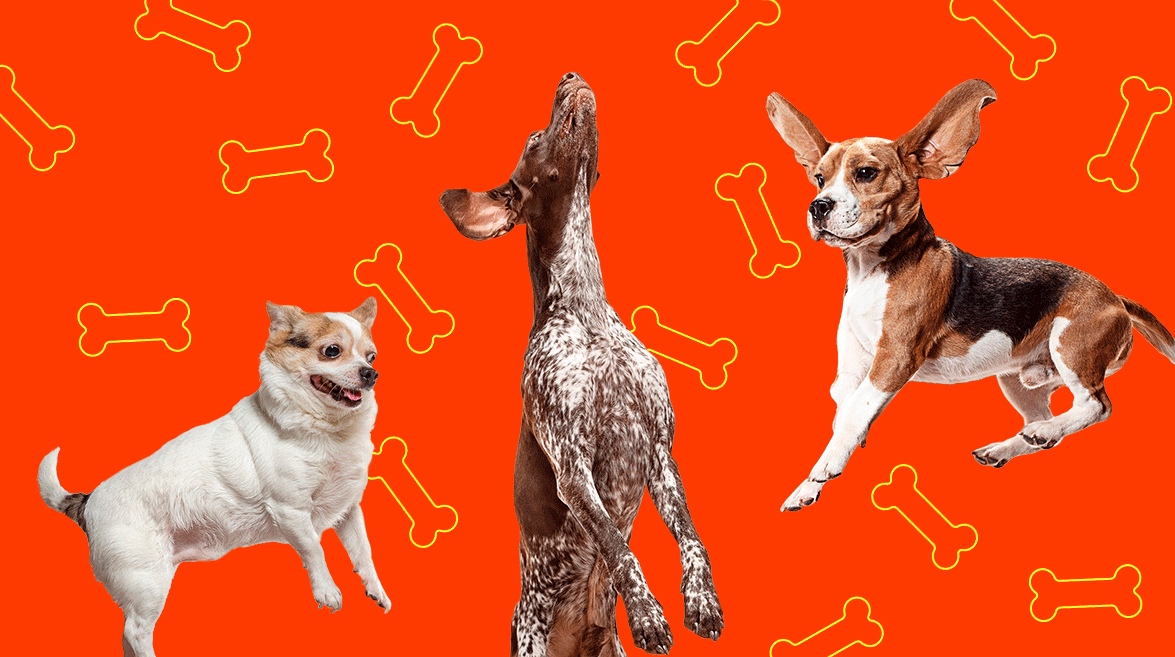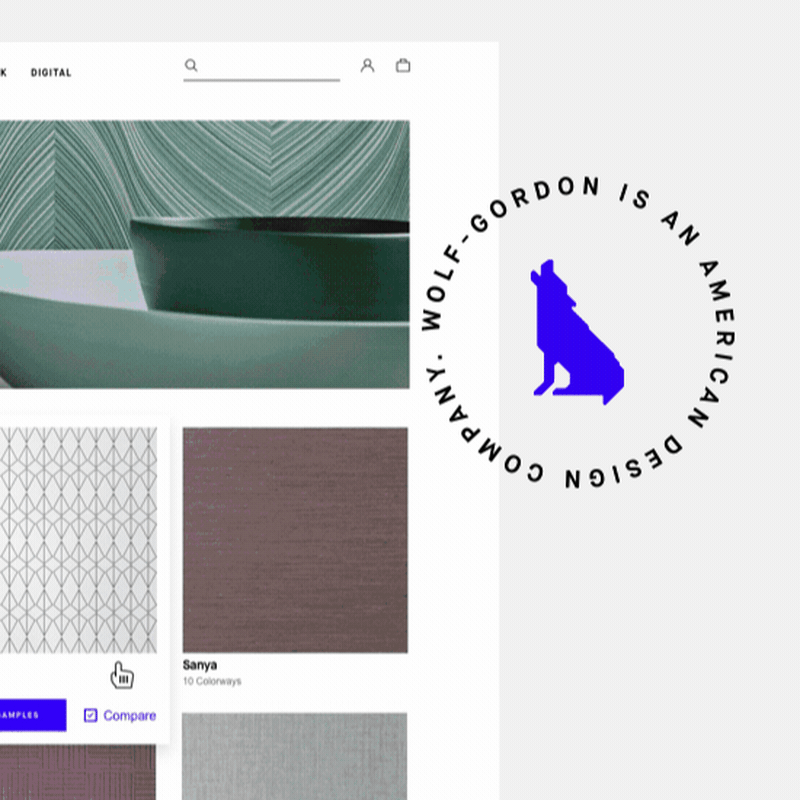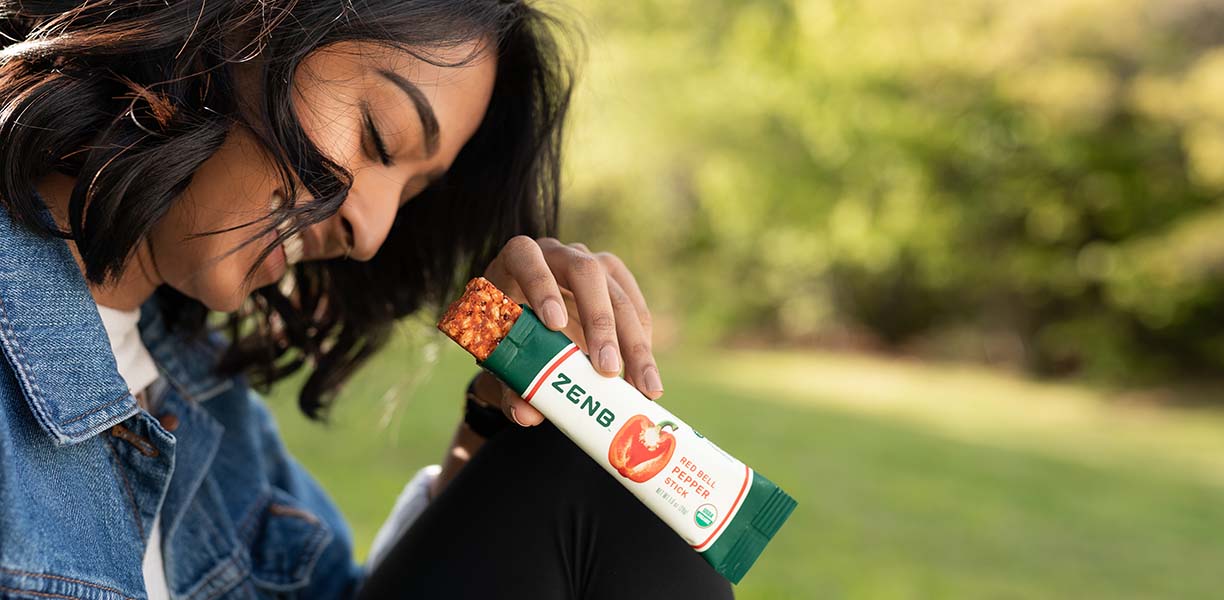Love is a four-legged word

I love pets. Just ask Zoe Mard (assuming you speak woof).
Zoe and I are proud to work in high-growth categories. The two of us are especially proud of the work Digital Surgeons has done within the pet category. Now, let’s get real (just me talking now). I’m here to talk about what I have recently learned, what I believe to be true and how you can take these insights and transform them into tangible business outcomes for your brand.
So let’s get after it. Fetch!
From the Experts
In December, I attended my first face-to-face event at the 2021 Petcare Innovation Summit in Boston, MA. This two-day conference, hosted by Kisaco Research, was centered around disrupting the petcare industry to meet millennial pet parent needs.
For nearly a decade, the pet industry compound annual growth rate (CAGR) has consistently outpaced other industries (averaging nearly 5%). And when you unpack this trend, and consider 67% of American families are involved with pets and 1 in 5 pet parent homes adopted a pet during the pandemic (source: NPR), you quickly come to the realization that we are at the base of this hockey stick growth chart.
Oh, and get this, according to Capstone Partners, M&A transaction volume surged to 57 deals in 2021 (a 33% YoY increase) and the expectation is Private Equity firms will continue to drive growth, differentiation and innovation within the pet category.
(Zoe grabs the keyboard) Wooof, woofity woof woofff. With all this M&A activity there is bound to be an opportunity to try something different. Do this, when you are done reading this post, test out a new brand’s buyer journey and send me some treats (Jeff says “…reverse engineer competition”). How about picking up some meal toppers from Healthybud? Yes, meal toppers are the cats’ meow these days. My cousin Phoebe said her mom and dad use toppers to make her kibble taste delish.
Now, a little voice in your head says: What does this mean for me? Where is the open space? Am I too late to the party? Nope! Although it would be impossible to share everything in this post, I’ve packaged up select learnings from the conference and sprinkled over the top some insights from our pet clients (Catit & Freshpet) at the consultancy.
Industry Shifts
There is a reason established players, such as Kinship (a division of Mars Petcare), Nestle-Purina, and Central Garden & Pet, joined me shoulder to shoulder.
“Industry leaders are looking for strategies to interact directly with pet parents. Although they have primo placement and distribution locked in, they often lack an engaging way to connect outside of the store aisles or the vet’s office. Creating an authentic conversation online may require an investment in the start-up brands disrupting the category.”
– Tom Elliott, Managing Director, Consumer Investment Banking @ Capstone Partners
So it’s only natural that they turn to the hot start-ups disrupting the space: Pet Releaf, Healthybud, Ollie, Jiminy’s, Wild Earth, Cuddly, Happy Bond, Inclover, Diggs, Wagz and many others took their turn explaining why they are the next great thing since BarkBox went public last June. Ask me, I’ll share the start-up directory.
Spotting Opportunity
1 // Insurance
DYK that DS is only ½ hour from the Insurance capital of the world in Hartford, CT? So let’s start by unpacking why Pet Insurance CAGR will go bonkers in the next three to five years.
“32% of consumers say that health insurance is important for their pet but less than 3% of consumers have purchased it. That’s a huge opportunity for bundling insurance products with other products that are already in the market.”
– Richard Kestenbaum, Partner @ Triangle Capital LLC
- There are 70 to 80 million dogs in the USA and a whopping 47% of them are seven years old or more. Overlay those facts with the knowledge that over 23 million dogs found their forever homes (note: there was a spike in covid pets going back to shelters… but that has since subsided).
- Auto insurers see a 10% annual usage rate. Now contrast that with pet insurance yielding a 150% annual usage rate (i.e. the average pet owner will submit 1.5 claims/year)
- Pet insurance is not like health insurance. Pets are classified as property and are not subject to many of the protections we get from human health insurance (i.e. no such thing as covering a pre-existing condition; try to convert new parents early in their parenting journey).
KEY INSIGHT: As new pet parents are faced with end of life costs, they will think twice about acquiring pet insurance when they replace their fluffy ones. If you want to find the open space, open your mind to platforms like Embark or Basepaws. As they corner the Pet-DNA market, can they help you mitigate risk? Or even improve a pet’s life with a special offer tied to your product?
“One overarching theme is the desire and ability to intervene earlier in developing diseases. Advancements in at-home monitoring and precision therapeutics have shown promise. In our mission to bring more pets to the veterinarian for proactive care, we’ve developed an early detection dental health test that is able to provide pet parents with knowledge of their cat requiring care before clinical signs appear.”
– Kristin Wuhrman, EVP, Biz Dev & Veterinary Strategy @ BasePaws
2 // Pet Food
Digestibility continues to garner a greater share of the conversation.
“Just because your dog eats their dinner does not mean it’s healthy. If you ask a five year old if they want a Happy Meal, they’ll probably say yes. It doesn’t mean you should give them Micky D’s for every meal.”
– James Dowd, VP, Creative Director at Digital Surgeons.
And guess what, Healthbud founder Adrien Malka had this to say: “Nutrition has been shown to be the most important factor for optimal health in our dogs and cats. However, roughly 90% of North Americans still feed their dogs a highly processed diet which often leads to chronic inflammation, overweight or obese dogs and a wide array of other issues. Approximately, 60% of dogs and cats in the United States are overweight or obese and 90% of pet parents don’t even know it. This is very alarming and millennials, which make up the largest cohort of pet parents in North America are starting to demand more transparency across the supply chain from their favorite brands.” So consider these truths:
- One of the key topics of the conversation was pet parent education. Jim Heim (President @ Central Garden and Pet) started off the discussion with a simple reminder: “It all starts with taking care of both ends of the leash.”
- The notion of making sure both ends of the leash are taken care of was a thread that was pulled through nearly every presentation. Pet parents must invest in their own education. Understand what to feed, when to feed and ultimately gain a deeper understanding of the “why” behind their pet’s nutrition plan.
- Human Grade dog food was also a hot topic. The question would continually arise; why does your Pet’s food need to be human grade? Pet’s are not humans. We may treat them as children and part of the family, but the fur-babies’ bodies are different and they digest food in different ways.
KEY INSIGHT: As pet category leaders, we can drive higher Lifetime Values (LTVs) if we educate our customers and prospects. We already know customer acquisition costs (CAC) costs are out of control, let’s think about fixing that leaky funnel (i.e. customer churn). You can do this by tapping into a VAK paradigm (Visual, Auditory and Kinesthetic) and craft content that appeals to one’s unique learning style.
3 // Direct to Consumer (Services, Products & Non-vet)
eCommerce sales have soared during the pandemic and it is not just pet food. Today, online pet purchases equate to $9 Billion or 30% of the total market (source: Capstone Partners). And the environment is ripe for service providers to take their business online.
- The humanization of pets trend has no end in sight. 79% of dog parents consider their pet to be a part of the family. Treating your dog like a child opens up new opportunities to expand your DTC offering.
- Considering 33% of Millennials/GenZ believe their dog has specific needs that must be accommodated, it’s no surprise that this segment is growing in the industry. Services like pet training, doggie day care, massages, the list goes on and on. Compare this to 12% of Boomers believing their dog has unique needs.
- When it comes to pet supplies, customers are demanding more. Whereas pet supplies like leashes, bowls and crates used to be ugly, cheap and poorly made, customers are now seeking beautiful, functional, and safe products from brands they trust. Products that add value to the experience. For example, Diggs crafts their ergonomic crate to be the best folding dog crate possible, so you can set it up from its collapsed position with one hand. And all of their products are crafted to please the eye with smooth lines, modern cool tones, high-end materials, and safety for the pet.
Dogdrop is one startup that caught my eye. They are looking to capitalize on younger generations’ desire to craft all encompassing experiences for their pets. Dogdrop is building the largest network of dog care locations and is the first Millennial/GenZ tech first dog daycare brand. The organization has created flexible membership perks coupled with on-demand access to quality dog care anytime and anywhere. After all these are no longer animals. Most Millennials/Gen Z view them as children and will be looking to spend similar amounts of time, effort, and money as you would a typical child.
KEY INSIGHT: Look for trends in personal and professional life. Go beyond the work-from-home trend and hack into a new way of living. And build an experience around making sure your entire family is along for the ride (you picking up what i’m putting down!?!).
“The pet industry has 2 customers – pets and parents. Product design needs to cater to both and solve problems and deliver value to both. In our case, we call it “human and pet centered design”. We spend countless hours researching pet and parent behavior to uncover pain points and unlock unmet needs. Customers’ expectations are elevated – they are no longer satisfied with ‘good enough’ products.”
– Zel Crampton, President & CEO @ Diggs
4 // Veterinary Industry
Designing a pet experience that runs from cradle to grave has led brands to start crafting 360-degree strategies. Just check out what Kinship has done with the re-launch of The Wildest. Wildest is designed to offer quality content that helps pet parents solve many of the common challenges they will face throughout pets life. And guess what, they now own over 1,000 hospitals through VCA.
- The 2020 Veterinary industry is currently operating at a $30 billion valuation. Vets and their services are here to stay, but how different age demographics interact with vets is changing quickly. Only 64% of pet parents are using a local independent vet/clinic. Millennials/Gen Z pet parents are drifting away from local and independent vets. These two demographics and specifically Gen Zs have new expectations on various issues central to vet practices. 24% of Gen Zs want customized vet services and 18% want at home services. Seismic shift here.
- The lines between pet services and veterinary care are also blurring. There are currently many organizations who provide services on both the vet and pet parent side. Inulogica was created to help pet parents make better decisions about their pets’ health and then align with select vets.
- QSM Diagnostics is another example of a company helping vets and pet parents to fundamentally change how bacterial infections are diagnosed and treated. Their tech allows vets to provide better treatment for patients. Their products are designed to increase pet owner engagement and improve drug administration compliance by education and involving parents in their pet’s health.
KEY INSIGHT: Look for technology to disrupt the veterinary industry. Much like telehealth has done for health insurance, we can expect major changes and market consolidation to create opportunities for those that move quickly. Or as Wayne Gretzky said, those that skate to where the puck will be.
“Loved seeing the acceleration of innovation in the pet category that we’ve seen in both the consumer and future of food spaces, 2022 will see a continued acceleration in innovation of pet brands and products which we haven’t seen in decades.”
– Ryan Bethencourt, Chief Executive Officer @ Wild Earth
My biggest takeaway, just for you.
Pet parent preferences have evolved to a point where the current brands can not meet these missed opportunities. Find a way to satisfy these preferences and design a solution around the unmet needs.

Woof wa woof woof,
Jeff Mard, SVP of Growth
Bark at me here!


